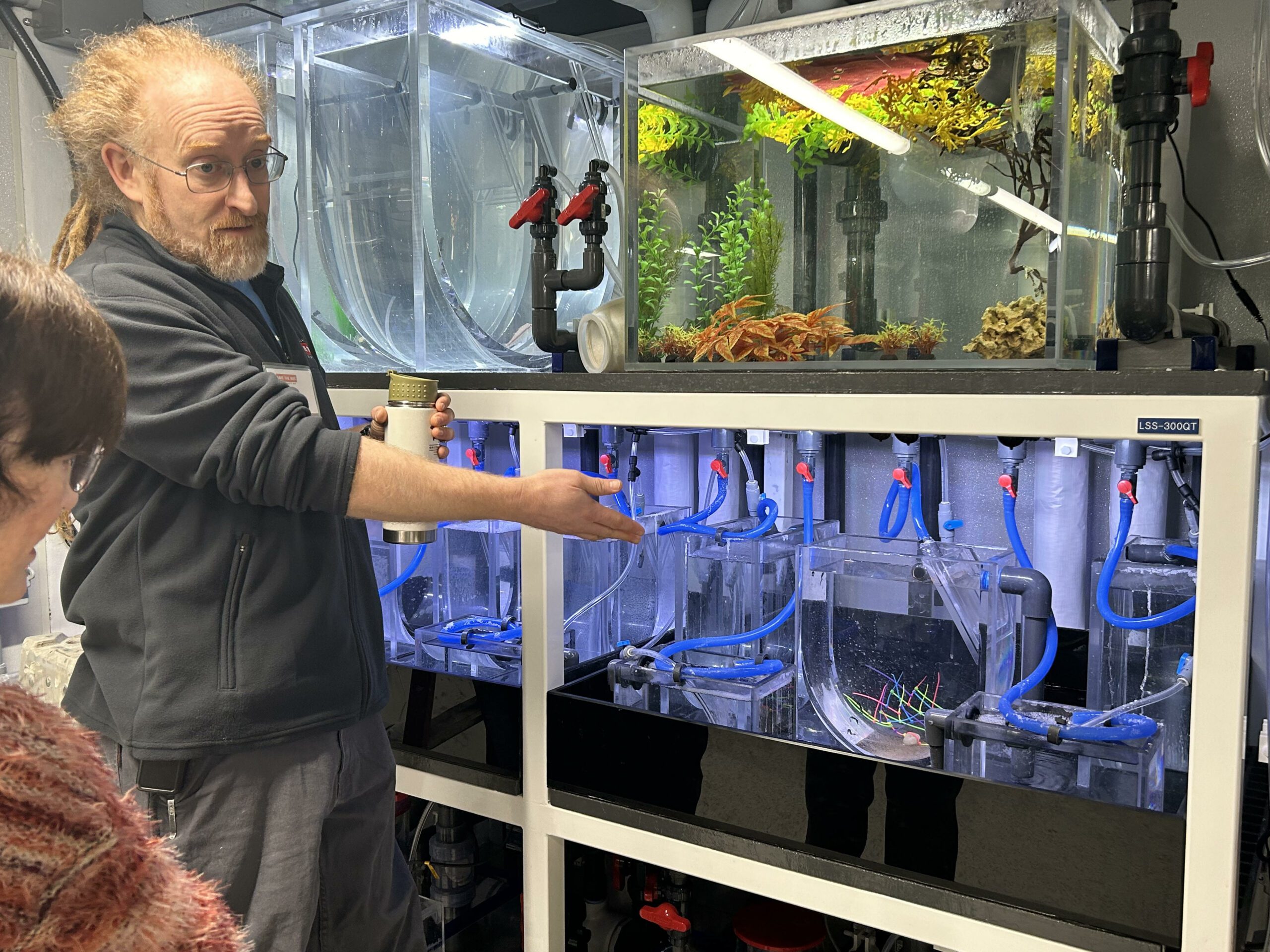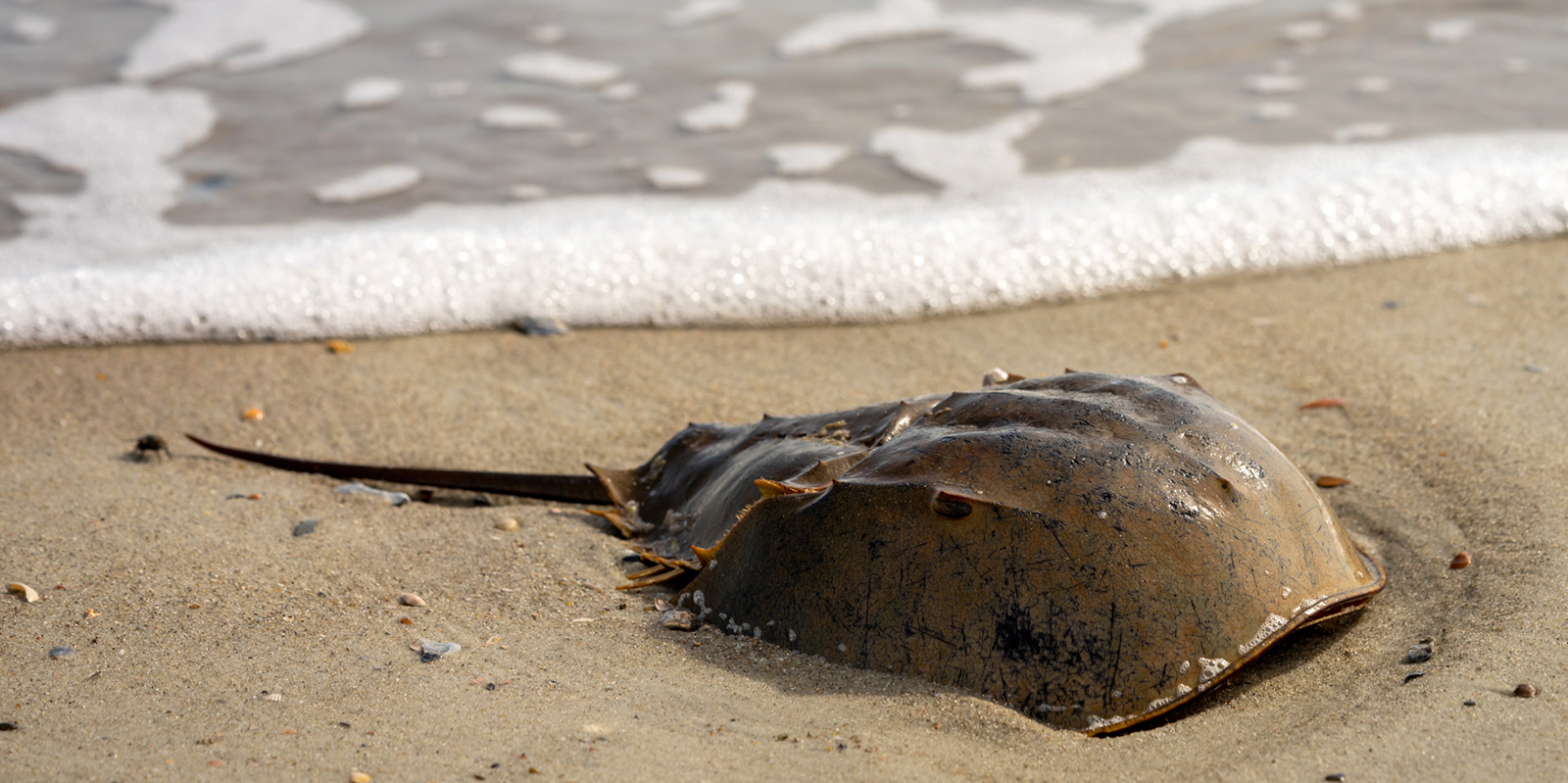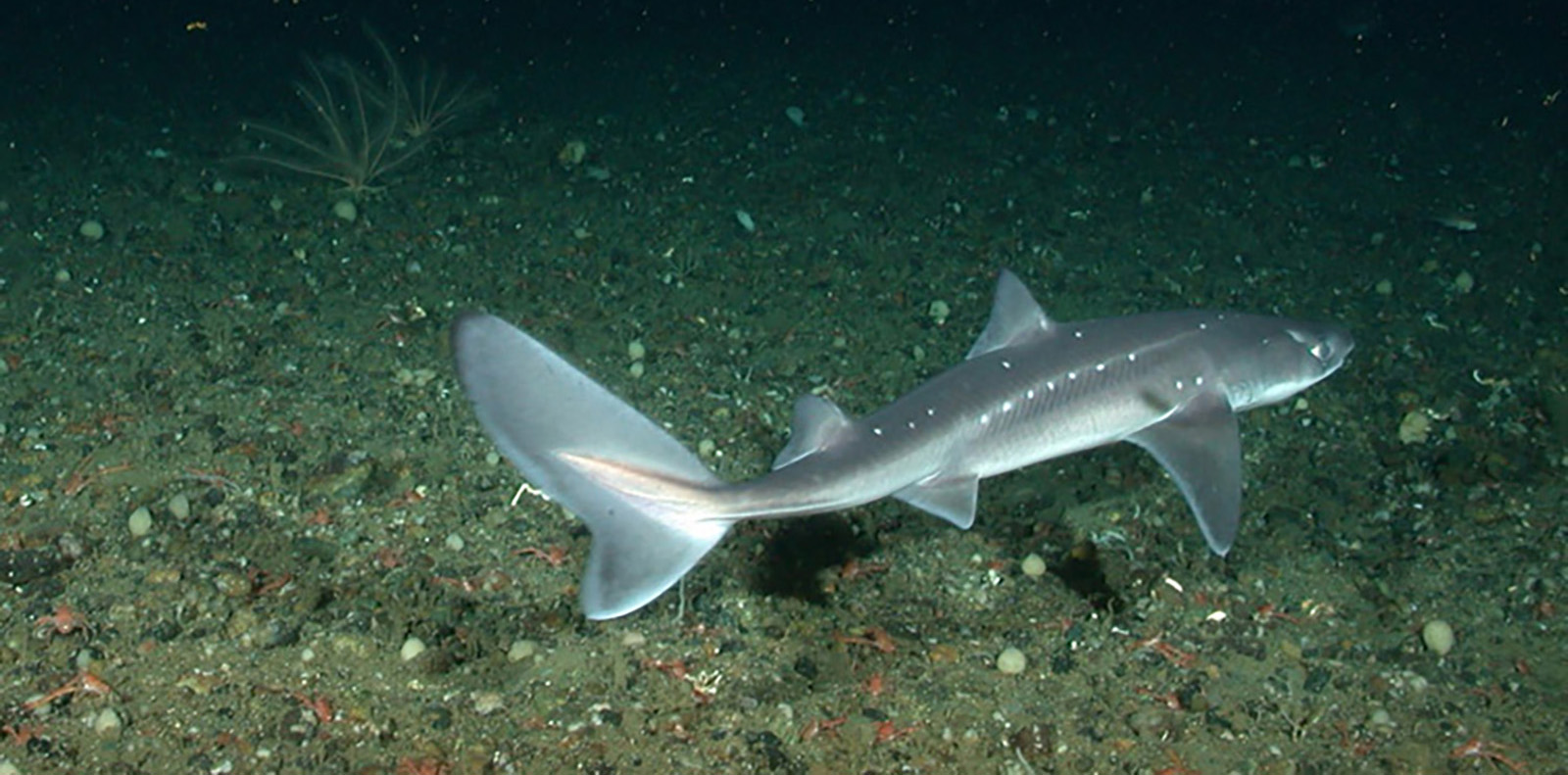Right Camera Could Protect Endangered Whales
Scientist hopes his smart system can reduce ship collisions with North Atlantic right whales
January 8, 2021
The beginning of the calving season for North Atlantic right whales, one of the rarest marine mammals on the planet, is looking promising with four newborn calves observed in December. But the outlook for the species, whose global population is estimated at only 360 individuals, remains grim. Between fishing-gear entanglements and collisions with ships, more whales have died in recent years than were born.
A new technology on the horizon may help to reduce one of those threats, however. A smart-camera system invented by a team of scientists and engineers at the Woods Hole Oceanographic Institution (WHOI) in Massachusetts is being tested in local waters and could be deployed on vessels traversing the East Coast to reduce the threat of ships striking right whales.
“The idea is simple,” said WHOI assistant scientist Daniel Zitterbart, who is leading the project. “We took a commercial thermal imaging camera, highly stabilized for roll and pitch, and a computer algorithm that looks at images and tries to tease out what’s a whale compared to what’s a wave or a bird or whatever.
“The key part is, if you’re in a large vessel and you know there’s a whale 300 yards in front of you, it’s probably too late for you to turn away from it. Our aim is to push the detection range as far as we can, which makes things difficult on a rocking boat. But getting the range we need to make a difference for the animal is the objective.”
A prototype of the smart-camera system was tested last summer on a research vessel in the Stellwagen Bank National Marine Sanctuary in Massachusetts Bay, about midway between Gloucester and Provincetown, where humpback whales congregate to feed each year. A similar land-based installation was also deployed at a busy shipping channel in British Columbia traversed by endangered southern resident killer whales. The initial tests were promising.
“If you’re talking about very large vessels like tankers or cargo vessels, they may not be maneuverable enough for the detection ranges we get, but for cruise vessels, ferries, and fishing vessels that are more maneuverable, it definitely can make a difference,” Zitterbart said.
A little larger than a half-gallon milk carton, the camera system must be installed at least 15 feet above the water line to be effective. Within seconds, it can detect the presence of whales a mile or more away and alert the captain in time for the vessel to slow down or change course.
Unlike human observers or spotter planes, which are occasionally used in the United States and Canada to watch for right whales and alert nearby ships, the camera system can spot whales in daylight and darkness with little effort.
James Miller, an ocean engineering professor at the University of Rhode Island, invented a forward-looking sonar device about 20 years ago that could be used to detect whales, reefs, and other obstacles to navigation beneath the water’s surface. He commercialized the product by founding FarSounder Inc., a Warwick-based company with clients around the world. The company’s sonar devices can scan up to 1,000 meters in front of a ship moving at speeds of up to 25 knots to detect underwater obstacles.
“Dr. Zitterbart’s technology for detecting whales at the sea surface can be an important part of the solution for reducing ship strikes, one of the leading causes of death for large whales,” Miller said.
Zitterbart said sonar is a better detection method for sensing static objects beneath the surface, but he believes his thermal camera system is more effective at detecting moving objects such as whales that may only be noticed for a few seconds. Both technologies can be hampered by challenging environmental conditions.
The recipient of the 2019 Young Investigator Award from the U.S. Office of Naval Research for his work on whale detection, Zitterbart previously developed a thermal imaging system for protecting whales and other marine mammals from underwater noise produced by air guns used in seismic surveys.
Assuming his tests are successful this year, Zitterbart plans to deploy his camera system on a number of vessels without his development team aboard to ensure that remote troubleshooting can be conducted effectively. Eventually, he hopes to find a company interested in commercializing the technology.
“Thermal imaging systems are a powerful new tool in real-time whale detection,” he told Ocean Insights. “Used alone or in conjunction with acoustic monitoring, this technology could significantly reduce the risk of vessel strikes.”
Rhode Island resident and author Todd McLeish runs a wildlife blog.



